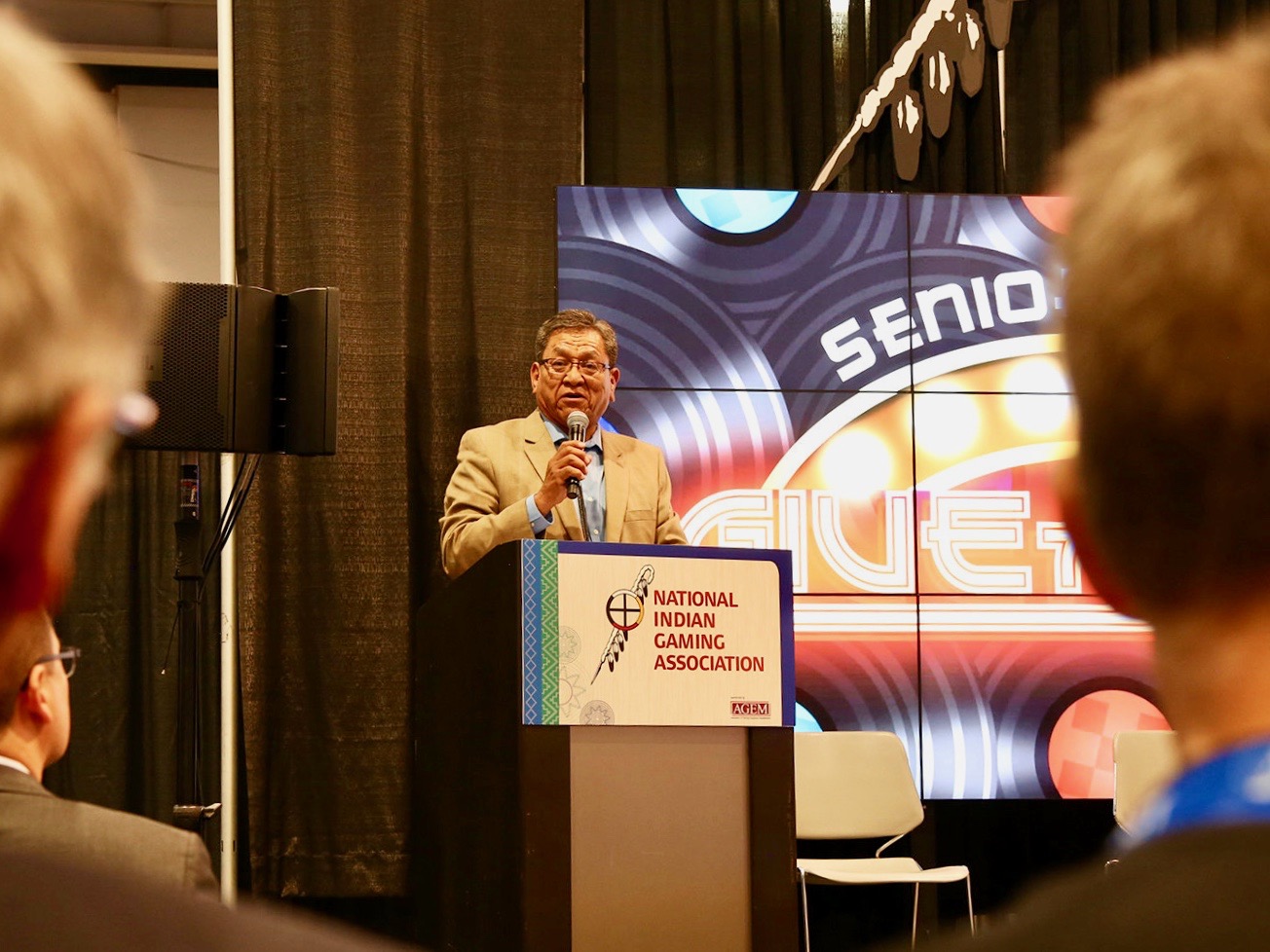
The legal development comes as the Navajo Nation observes a major milestone. Starting on May 14, Vice President Jonathan Nez will lead a 400-mile run to commemorate 150th anniversary of the signing of its treaty with the United States. “We are not re-enacting, but remembering,” Nez said of event. “We are showing our resilience as Navajo people and remembering our ancestors who were thinking about us as they persevered and negotiated the treaty. As they signed their X’s on the treaty, they were fighting for a continuation of our way of life.” The run begins at Fort Sumner in New Mexico. That's where the federal government held thousands of Navajo leaders and citizens as prisoners in the late 1800s, having accused the tribe of engaging in hostilities against settlers in the region. To get there, the U.S. military forced the Navajos to march hundreds of miles from their homelands. At least 200 died in the Long Walk and nearly 2,400 people -- many of them women, children and the elderly -- died while being held at Fort Sumner. “We are taught not to talk about this particular time period,” Nez said of the Yet Hwéeldi, the Navajo term for the forced walk and imprisonment. “But at the same time, we are told to never forget.” The ordeal ended in 1868 with the signing of the treaty, which recognized the relationship between the tribe and the federal government, as well as tribe's homelands in New Mexico, Arizona and Utah. But the agreement wasn't a victory -- the Navajos who survived had to walk back to the reservation, a distance of about 400 miles. “We are at a point in world history when people are speaking up,” said Peterson Zah, ambassador for the Navajo Nation. “Not talking about our past or not thinking about it, that’s not good. If we don’t talk about it, if we hide our history and who we are, we’re doing a disservice to the Navajo people—and to the rest of the world. The more we talk about it, the more we can prevent this from happening again.” Vice President Nez will be leading runners on a journey that goes through Santa Fe, the capital of New Mexico, and Albuquerque, the largest city in the state. The route also goes through Pueblo reservations near Albuquerque. Runners expect to complete about 30 miles per day in three stages over a 19-day period. They will finish on the morning of June 1, when the treaty was signed back in 1868, at the Navajo Nation Museum in Window Rock, Arizona, where the tribe is headquartered. During the entire month of June, the original treaty will be on display at the museum. Tribal leaders are encouraging citizens to come to Window Rock to share their stories and to recognize the leaders who signed the historic agreement. “The United States only signs treaties with other nations,” President Russell Begaye said. “Through the Treaty of 1868, the United States reaffirmed us as a sovereign nation. When we think about the treaty, we should also think about those leaders, and we should be proud to be part of the great Navajo Nation.” The Barboan petition was resolved on Monday without the input of Justice Neil Gorsuch. He previously served as a judge on the 10th Circuit, though he did not participate in that court's ruling last year. The Kiowa allotment trespass case is Davilla v. Enable Midstream Partners LP, with oral arguments taking place on May 16 in Denver, Colorado. The condemnation proceeding is Enable Oklahoma Intrastate Transmission LLC v. 25 Foot Wide Easement. Briefing is ongoing in that case. 10th Circuit Court of Appeals Decision:
Public Service Company of NM v. Barboan (May 26, 2017)
Join the Conversation
Related Stories
Gas
pipeline stays in place on Indian land despite court decision (March 29,
2018)Tribes see continued challenges as more cases head to highest court (February 21, 2018)BR Battle brews as utility company takes sovereignty dispute to Supreme Court (August 2, 2017)BR Navajo Nation welcomes victory for 'sovereignty' in land dispute (May 30, 2017)
Federal court blocks attempt to condemn lands on Navajo Nation (May 26, 2017)

